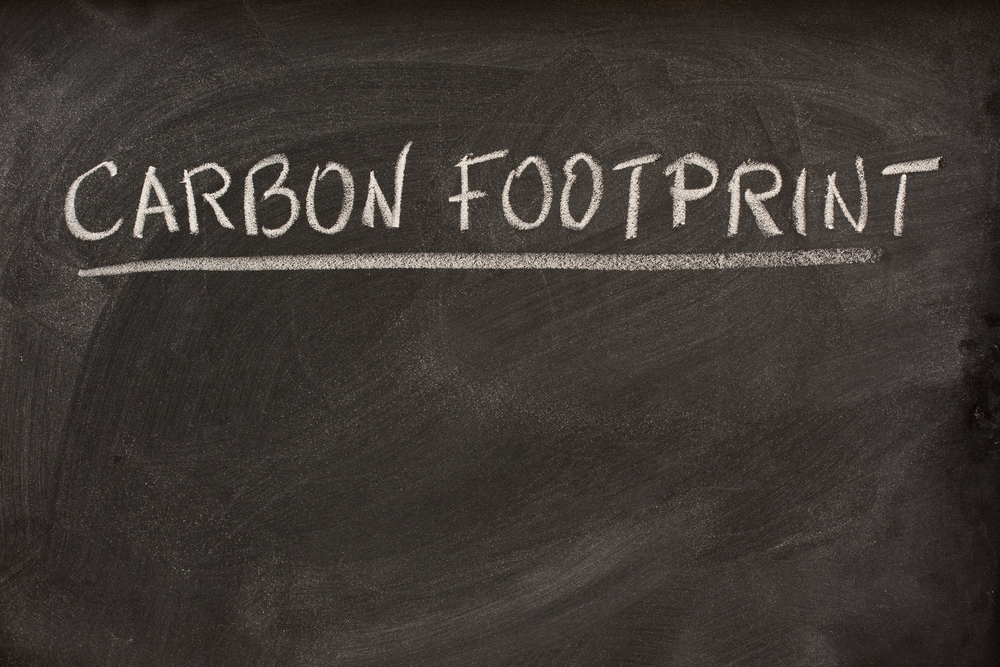Reduce your school’s carbon footprint and costs with eco technology
School’s are known for guzzling up energy, but what can you do to make your classes go green? Find out how to make your school more efficient and reduce your carbon footprint.

Just like teachers, schools need a lot of energy to function at their best, but then there’s that pesky matter of your carbon footprint.
According to the Carbon Trust, schools could save around £44m per year by reducing the amount of energy they use, equivalent to 625,000 tonnes of CO2.
So, what are you waiting for? It’s time to find out how you could help streamline your school’s utility costs and teach your pupils the importance of saving energy.
Reducing your carbon footprint in the classroom
Lights
In many cases, lighting costs comprise up to 50% of a school’s energy bill.
By switching from conventional 48W bulbs to 15W LED bulbs, you can reduce your school’s emissions by 67% (equivalent to 78kWh) per fitting.
IT
IT resources account for 2% of the world’s CO2 emissions.
Desktops, projectors and standalone servers are all energy intensive, and generate excess heat that has to be countered with air conditioning.
Intelligently replacing old school IT systems with new, more efficient hardware can save schools around £20,000 per year.
Plug-in appliances
Every classroom is different, with a bespoke set of resources designed to optimise teaching for pupils.
This often requires additional plug-in appliances, which can be a real drain on your budget and eco credentials.
Using a plug-in electricity usage monitor can help you find out which appliances are the worst offenders. You can even involve your pupils to teach them more about how to save energy.
In the canteen
Cooking
Upgrading to a new gas oven can save your school a significant sum.
Even modern fan assisted electric ovens – 20% more efficient than older models – are just over half as efficient as the gas equivalent.
Dishwashing
Dishwashers today are more than twice as efficient as models that are 20 years old or more.
A new Energy Star rated appliance uses less than 4.25 gallons of water per cycle, compared to 10+ gallons for older models.
This can help you save 1.37kWh on each cycle, equivalent to approximately 295kWh per unit per year.
Refrigeration
Replacing a B-rated fridge or freezer with one that’s been issued an A++ rating can save 175kgs of CO2 and approximately £40 per unit per year.
Reducing your carbon footprint behind the scenes
Printing
Schools are now building on the tech credentials of students and staff by integrating innovative new virtual learning environment (VLE) software, which can significantly reduce the cost of printing.
By scanning documents onto a VLE rather than photocopying them, Sawtry community college shaved £1,000 off their annual printing bill.
Heating
Heating can account for a whopping 58% of school energy usage.
A boiler optimiser can help you reduce emissions by up to 10% without losing heat, but with savings equivalent to 15 – 30% of your total energy costs.
If you go the whole hog and replace your outdated model with an efficient rented boiler, you could slash your school’s energy bill in half.
Reducing your schools carbon footprint isn’t only friendly to the environment, it’s friendly to your school budget too.
Call on our expert team and find out how you could reduce your costs and carbon footprint with advanced eco technology.

